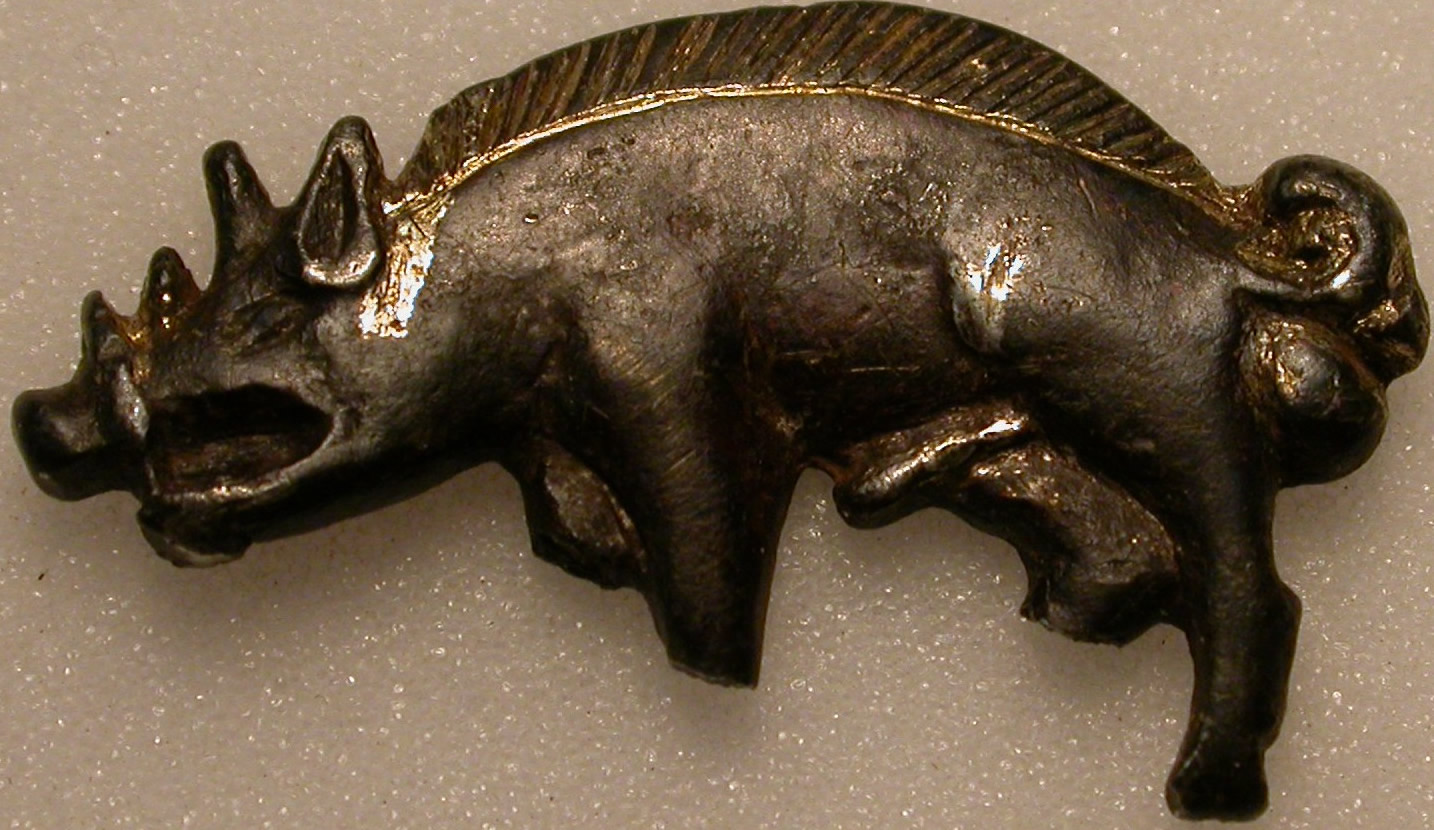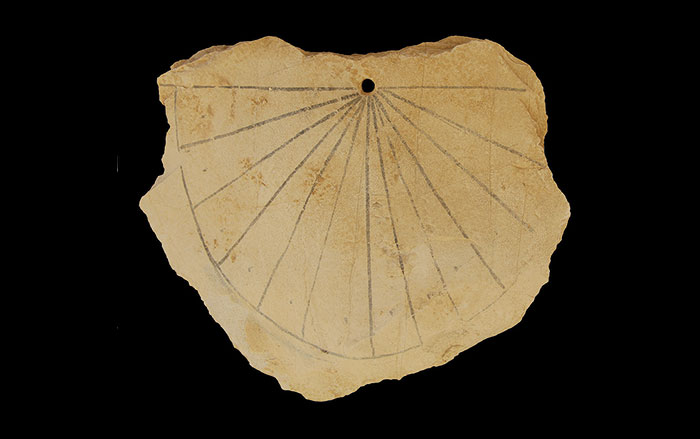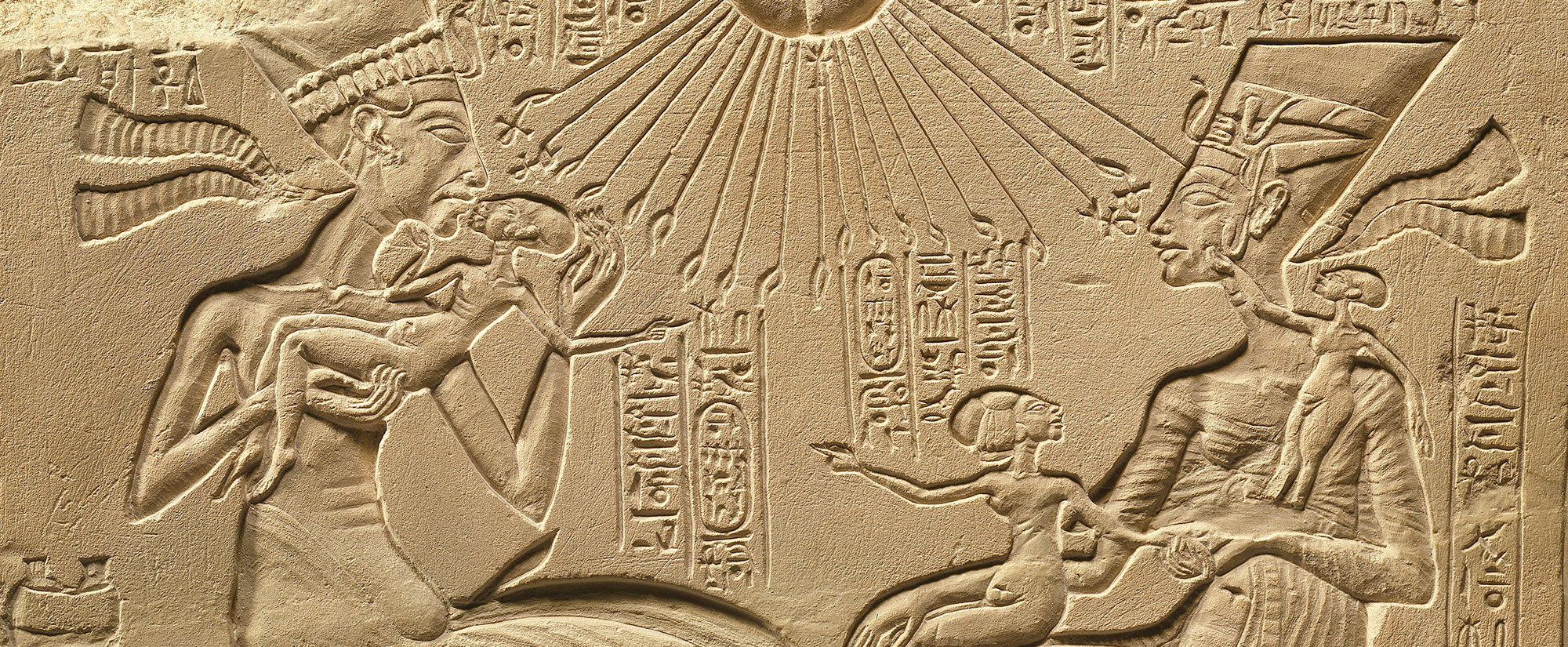
Archaeologists Find Location of Major English Battle
News August 14, 2013

Recommended Articles
Artifacts July/August 2025
Maya Ceramic Figurine

Off the Grid July/August 2025
Vichama, Peru

Digs & Discoveries July/August 2025
Bound for Heaven

Digs & Discoveries July/August 2025
Saints Alive

-
Features July/August 2013
The First Vikings
Two remarkable ships may show that the Viking storm was brewing long before their assault on England and the continent
 Courtesy Liina Maldre, University of Tallinn
Courtesy Liina Maldre, University of Tallinn -
Features July/August 2013
Miniature Pyramids of Sudan
Archaeologists excavating on the banks of the Nile have uncovered a necropolis where hundreds of small pyramids once stood
 (Courtesy Vincent Francigny/SEDAU)
(Courtesy Vincent Francigny/SEDAU) -
Letter from China July/August 2013
Tomb Raider Chronicles
Looting reaches across the centuries—and modern China’s economic strata
 (Courtesy Lauren Hilgers, Photo: Anonymous)
(Courtesy Lauren Hilgers, Photo: Anonymous) -
Artifacts July/August 2013
Ancient Egyptian Sundial
A 13th-century limestone sundial is one of the earliest timekeeping devices discovered in Egypt
 (© The Trustees of the British Museum/Art Resource, NY)
(© The Trustees of the British Museum/Art Resource, NY)



